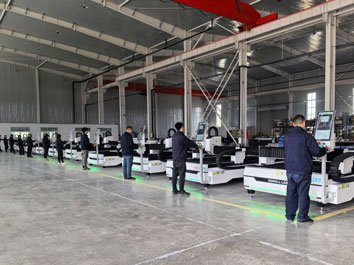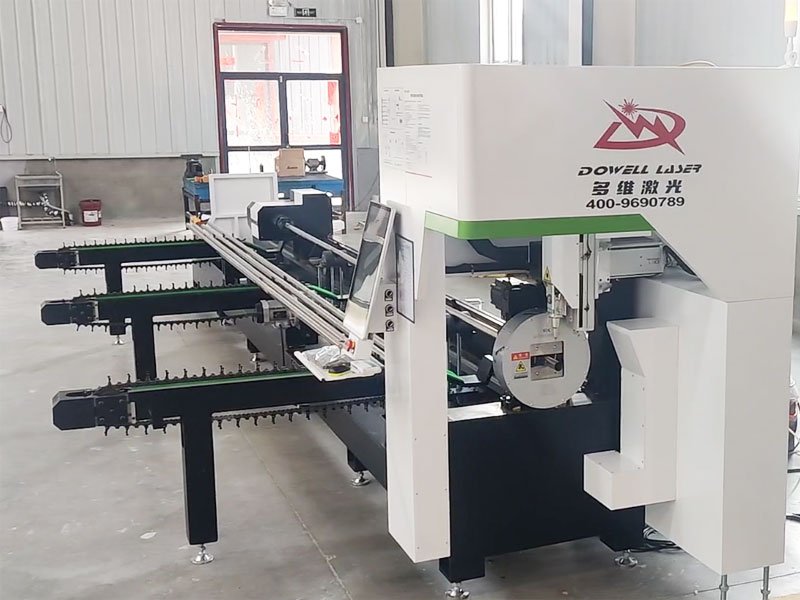Laser Beam Machining (LBM) has emerged as a powerful technology in precision manufacturing, offering high accuracy, speed, and versatility. This method uses concentrated laser beams to cut, engrave, or modify materials, allowing industries from aerospace to electronics to achieve high-quality results with minimal material waste.
In this article, we’ll explore the laser beam machining principles, applications, benefits, and limitations of LBM, examining why it’s an invaluable tool in today’s manufacturing processes.
What Is Laser Beam Machining?
Laser beam machining is a non-contact process that uses the energy from a highly focused laser beam to remove material from a workpiece by melting, vaporization, or chemical decomposition. It is known for producing clean cuts, intricate patterns, and smooth surfaces, especially on difficult-to-machine materials. Unlike traditional cutting methods, LBM does not require physical tools, minimizing wear and reducing the need for frequent tool changes.
What Is the Principle of Laser Beam Machining?
The principle of Laser Material Processing is to generate a laser beam directed at the material. The concentrated energy of the laser heats the material to the melting point or vaporization point, allowing precise cutting or engraving. The process is governed by the laws of optics and thermodynamics, ensuring that energy is efficiently transferred to the material for optimal results.
Laser Beam Machining Products

Laser Beam Cutting Machine:
Laser cutting machines utilize a focused laser beam to cut materials with high precision and speed. Laser Processing Technology has revolutionized the manufacturing industry by providing a non-contact cutting method that minimizes material waste and increases production efficiency. Laser cutting machines are able to process a wide range of materials, including metals, plastics, wood, and ceramics, making them versatile tools for numerous applications.
Key Features:
- High Precision: Laser cutting can achieve tolerances as low as ±0.01 mm, making it ideal for complex designs.
- Speed: The process is much faster than traditional cutting methods, allowing for higher throughput.
- Minimal Heat Affected Zone (HAZ): The focused nature of the laser beam reduces thermal deformation of the material being cut.
Applications:
Laser beam cutting machines are widely used in industries such as automotive, aerospace, electronics, and sign manufacturing. They are particularly effective for creating complex shapes and patterns that are difficult or impossible to achieve using traditional cutting methods.

Laser Beam Welding Machine:
Laser welding machines use a concentrated laser beam to join materials together through melting and fusing. The technology is known for its ability to produce strong, precise welds with minimal heat distortion. Laser welding is particularly useful in applications that require high strength and precision.
Key Features:
- Deep penetration: Laser welding can penetrate deep into materials, allowing for the joining of thick sections.
- Speed: The welding process is fast, which increases productivity in manufacturing environments.
- Automation compatibility: Laser welding systems can be easily integrated into automated production lines.
Applications:
Commonly used in industries such as automotive manufacturing for joining body panels and components, aerospace for assembling lightweight structures, and electronics for welding circuit boards. The precision of laser welding also makes it suitable for medical device manufacturing.

H Beam Laser Cutting Machine:
The H Beam Laser Cutting Machine is specifically designed to cut large H-shaped steel beams used in construction and structural applications. This machine addresses the limitations of traditional cutting methods by providing a solution that can handle oversized materials efficiently.
Key Features:
- Large Cutting Capacity: Capable of processing beams up to 12 meters in length with high precision.
- Automatic Loading System: Optional automatic loading features enhance efficiency by reducing manual labor.
- Bevel Cutting Capability: Can achieve high-quality bevel cuts at various angles, making it versatile for different applications.
Applications:
The H beam laser cutting machine is extensively used in construction projects, bridge fabrication, and heavy equipment manufacturing. Its ability to quickly and accurately cut large steel beams significantly speeds up project timelines while ensuring structural integrity.
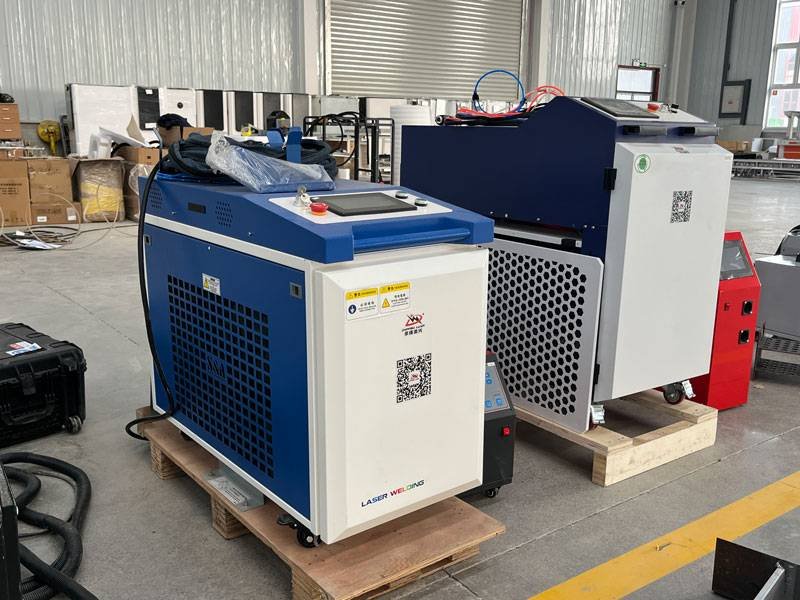
Laser Beam Cleaning Machine :
A Laser Beam Cleaning Machine utilizes High-energy laser beams to remove contaminants such as rust, paint, and debris from surfaces without damaging the underlying material. This non-contact cleaning method is becoming increasingly popular due to its effectiveness and environmental benefits.
Key Features:
Non-Damaging Process: The precision of laser cleaning minimizes the risk of damage to the substrate material.
Eco-Friendly: Reduces the need for chemical solvents or abrasive materials, making it a greener alternative.
Versatile Applications: Effective on various surfaces including metals, plastics, and concrete.
Applications:
Laser beam cleaning machines are used in industries such as automotive for surface preparation before painting, aerospace for maintaining aircraft components, and historical restoration projects where delicate materials need careful cleaning without damage.
How Does Laser Beam Machining Work?
Setup and Alignment: The workpiece is positioned on the platform, and the laser beam is precisely aligned.
Laser Calibration: The intensity, wavelength, and pulse duration are adjusted for the specific material.
Material Processing: The focused laser beam interacts with the material, performing actions such as cutting, engraving, or drilling.
Post-Processing: Any residue is removed, and the part may undergo quality checks to ensure specifications.
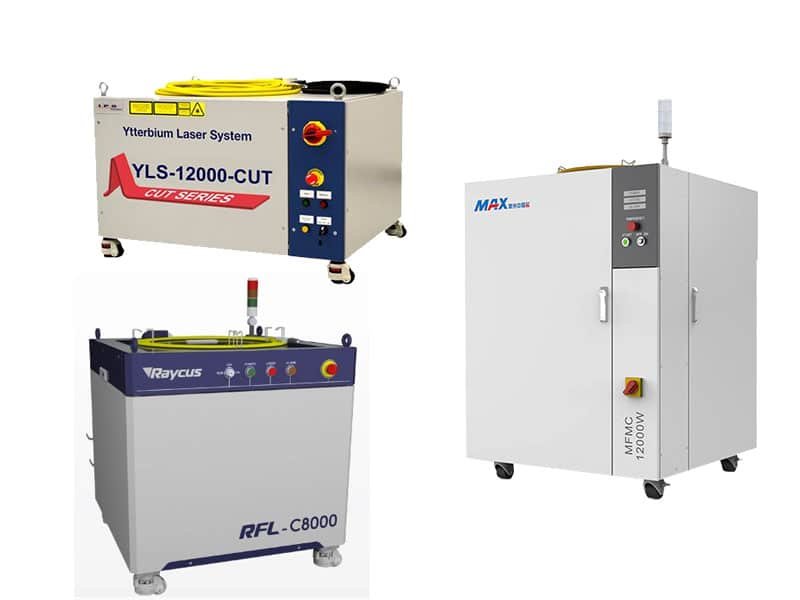
Types of Lasers Used in Machining
- CO₂ Lasers: Common for cutting and engraving non-metal materials like wood, plastic, and glass.
- Fiber Lasers: Ideal for metal cutting due to their high power and energy efficiency, often used in industrial applications.
- NdLasers: Known for precision, often used in drilling and cutting metals and ceramics.
Related articles
Key Components of Laser Beam Machining
Laser Source: The power and type of laser define the machine’s capabilities.
Focusing Lens: Directs and concentrates the beam on the workpiece, affecting cut precision and depth.
Cooling System: Maintains the machine’s optimal temperature to prevent overheating.
Control System: Allows operators to adjust settings for different applications.
Advantages and Disadvantages of Laser Beam Machining
Laser Beam Machining Advantages
- High Precision: Produces extremely fine details, suitable for complex and intricate designs.
- Speed and Efficiency: Reduces processing time, especially for high-volume manufacturing.
- Minimal Material Waste: Non-contact nature reduces scrap material.
- Reduced Tool Wear: No physical contact means less wear, lowering maintenance costs.
Laser Beam Machining Disadvantages
- High Energy Consumption: Powerful lasers require significant energy, impacting operating costs.
- Heat-Affected Zones: While minimized, some materials may still experience distortion from heat.
- Initial Cost: Advanced LBM equipment can be costly to acquire and maintain

Applications of Laser Beam Machining Across Industries
- Aerospace Industry
The aerospace industry relies heavily on the precision and efficiency of Laser Processing Technology when manufacturing complex components.
- Component Manufacturing: Produces lightweight and complex components such as brackets, housings, and structural components for aircraft and spacecraft.
- Welding: Use laser welding to create strong joints in lightweight materials, which is essential to maintain structural integrity.
- Drilling: Precision drilling of holes in highly stressed components such as turbine blades and fuel injectors.
- Automotive Industry
In the automotive industry, Laser Machining is used to improve production efficiency and part quality.
- Cutting and Forming: Create complex shapes for body panels, frames, and other components with high precision.
- Welding: Laser welding is used to assemble components such as chassis and body, ensuring a strong and lightweight structure.
- Engraving: Fine engraving is performed on automotive parts for branding or functional marking.
- Electronics Industry
The precision of Industrial laser machining can be used in a variety of applications:
- Circuit Board Manufacturing: Laser metal cutting and drilling are used to create complex patterns on printed circuit boards (PCBs).
- Wire stripping: Laser beam technology is used to strip wire insulation without damaging the conductor.
- Micromachining: Producing small, high-precision components for devices such as smartphones, tablets, and other electronics.

- Medical Industry
High-precision laser technology plays a vital role in the medical field. Applications include:
Surgical instruments: Manufacturing high-quality surgical tools that require precise dimensions and surface finishes.
Implants: Customizing implants to individual patient needs using biocompatible materials.
Cosmetic surgery: Lasers are used for hair removal and skin treatment procedures because they are non-invasive.
- Metalworking
In metalworking, automated laser processing is widely used due to its ability to effectively cut a variety of metals:
- Sheet metal cutting: Cutting sheet metal at high speeds for a variety of applications in construction and manufacturing.
- Structural steel processing: High-precision cutting of large steel beams and plates used in construction projects.
- Welding: Laser welding technology is used to join metal parts without the need for filler materials.
- Jewelry Industry
The jewelry industry uses laser processing to create intricate designs:
- Engraving: Fine engraving is performed on jewelry for personalization or decorative purposes.
- Cutting: Precision cutting of gemstones or complex metal designs requiring fine detail.
- Shipbuilding
- Cutting of hull sections: High-speed cutting of large steel plates used in ship hulls.
- Welding of components: Joining of various structural elements using precision welding techniques.

What Material Can Be Machined by Using Laser Beam?
- Metals: Stainless steel, aluminum, and titanium, commonly used in aerospace and automotive.
- Plastics: Used in electronics for non-metallic parts.
- Ceramics: High durability for medical and aerospace applications.
Challenges and Limitations in Laser Beam Machining
Thermal Stress: Heat from the Laser Cutting can affect material properties, requiring careful control.
Reflective Materials: Some metals, like copper, are difficult to cut due to their reflectivity.
Maintenance Requirements: Frequent cleaning and calibration are essential for optimal performance.
High Initial Costs: The investment required for Laser-based industrial applications can be significant.
Technical Expertise Required: Operating and maintaining laser systems often requires specialized training.
Material Limitations: Some materials may reflect laser energy rather than absorb it, reducing efficiency.
Energy Consumption: High power Laser-Based Manufacturing requirements can lead to increased operational costs.
Comparing Laser Beam Machining with Other Techniques
| Feature | Laser Beam Machining | Traditional Techniques |
|---|---|---|
| Precision | Extremely high | Moderate |
| Speed | Faster processing | Slower |
| Material Versatility | Wide range | Limited by specific processes |
| Waste | Minimal | Potentially higher |
| Setup Time | Quick adjustments | Longer setup times |
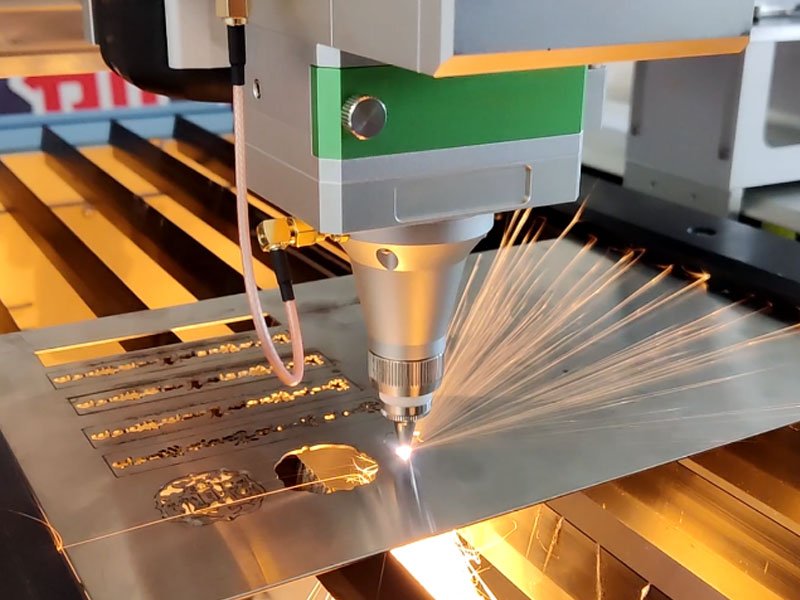
Future of Laser Beam Machining
Enhanced Energy Efficiency: Reducing energy requirements without compromising output.
Hybrid Techniques: Combining LBM with other methods for versatile Precision Laser Processing applications.
Automation and AI: Smart Laser Fabrication machines may adjust parameters in real time, improving accuracy and reducing waste.
Conclusion
Laser Beam Machining is revolutionizing the manufacturing industry, providing unmatched laser precision and tolerance for a wide range of materials and applications. The ability to produce complex designs with minimal waste makes Laser machining an attractive option for manufacturers looking to increase productivity and quality. Laser Beam Machining is likely to continue to evolve, meet new industry demands, and pave the way for more innovative and sustainable precision manufacturing practices.
FAQ
Does laser beam machining vaporize material
Yes, Laser Beam Machining (LBM) does vaporize material during the material removal process. When a high-energy laser beam is focused on the workpiece, the intense heat generated causes multiple thermal changes in the material. This process allows for precise cutting, drilling, or engraving without physical contact between the tool and the workpiece, minimizing equipment wear and reducing waste.
How much maintenance does a laser beam machine require?
Regular maintenance includes cleaning lenses, checking alignment, and inspecting cooling systems. Proper maintenance ensures optimal performance and a longer machine lifespan, though specific requirements vary by model.
What safety precautions are necessary when using a laser beam machine?
Operators should wear protective eyewear, follow safety protocols for handling lasers, and ensure proper ventilation to avoid inhaling fumes. Laser machines also typically come with enclosures or barriers to minimize accidental exposure.
What type of workpiece is not suitable for laser-beam machining
Laser processing is a versatile technology, but some materials are not suitable for the process. Highly reflective materials, such as copper and aluminum, will reflect the laser beam, causing inefficiencies and possible damage to the laser equipment. Thick materials with higher melting points, such as some types of steel, may not be cut effectively due to penetration depth and heat dissipation limitations.
Brittle materials with low thermal conductivity may shatter rather than cut cleanly and are not suitable for laser processing. Certain plastics also pose challenges; some release noxious fumes when vaporized by the laser, which can be harmful to both health and equipment.

